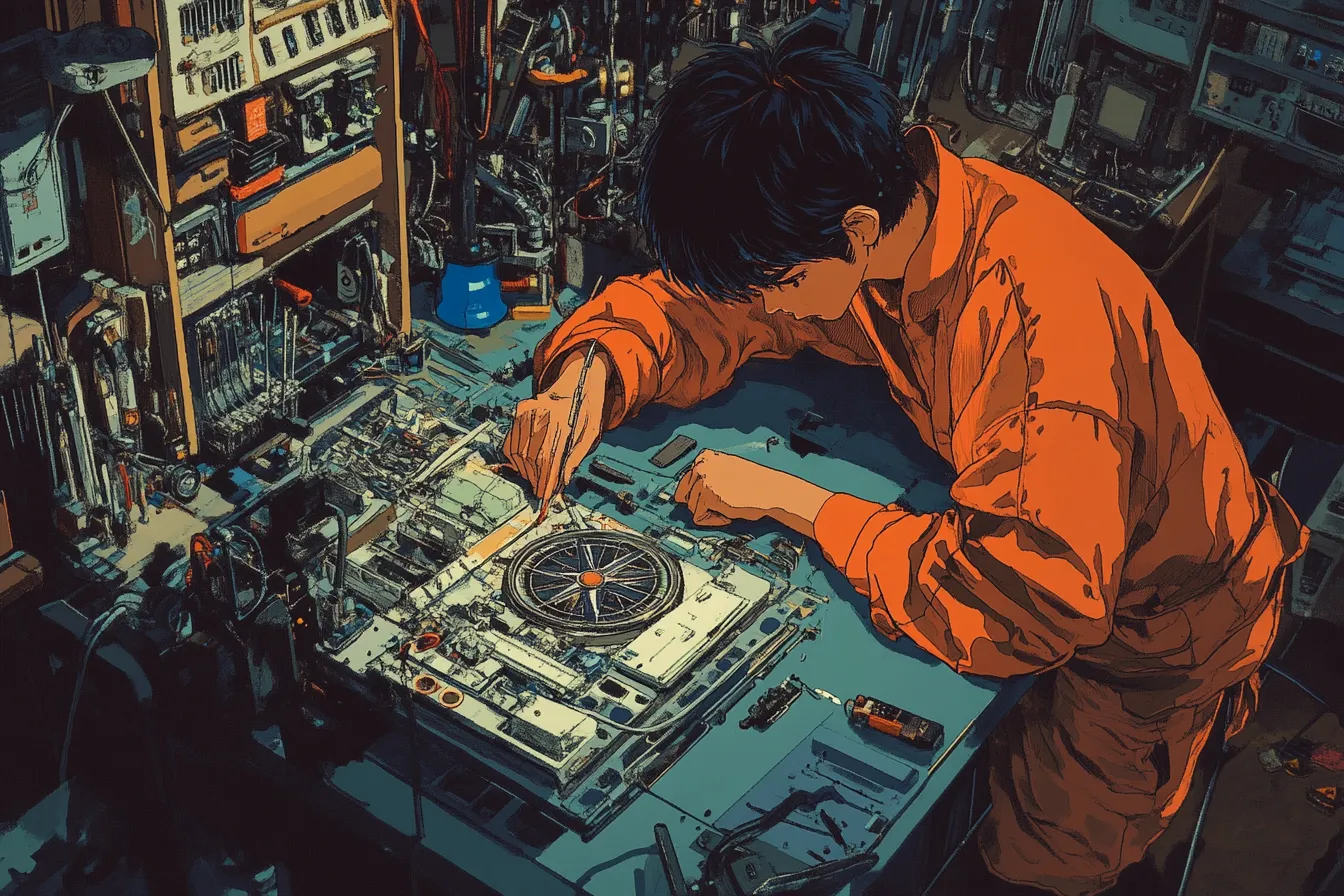Being On The Right Side Of History

Table of Contents
If you’ve been reading the 2016 pundit predictions in the digital currency and blockchain space you’ll notice a strong trend. Bitcoin is back! A number of articles (I’ve included some below) are calling this the comeback year for Bitcoin.
So what has changed? Bitcoin still is… well bitcoin. We’ve seen an uptick in the price, which might in part be fueling the bullish predictions. However, fundamentally nothing has changed. In fact, one might argue that Bitcoin has even more problems it needs to solve in 2016 - for example, the unresolved blocksize debate.
However, what many are starting to see is that the 2015 battle cry of ‘Bitcoin v Blockchain’ was really a red-herring. In 2015, the financial industry clamoured around permissioned blockchain and distributed ledger technology, but to date has been more busy forming consortiums and creating labs rather than actually pushing product. The question of which is more valuable, permissionless or permissioned blockchains, is proving less relevant and which will actually push a 'killer app' first is proving to be more relevant.
It’s easy to find Bitcoin’s flaws, but it’s hard to deny that it’s on the right side of history. The movement towards truely open and extensible software that has transparency as a default is hard to ignore. I think many are starting to realise this is what the main attraction is - not another database technology. So bring on 2016, the year bitcoin is resurrected for the 87th time.
Alan Tsen Newsletter
Join the newsletter to receive the latest updates in your inbox.


